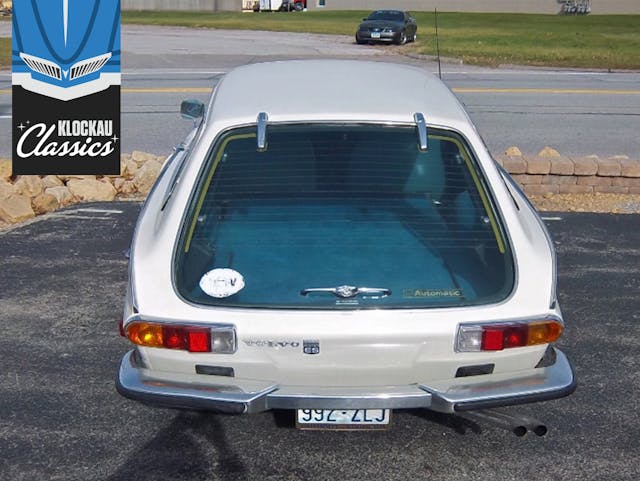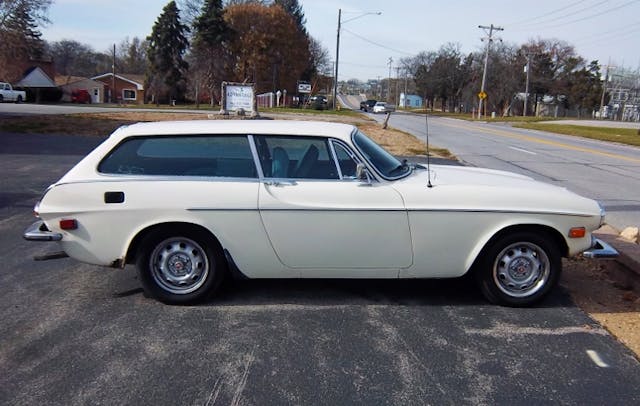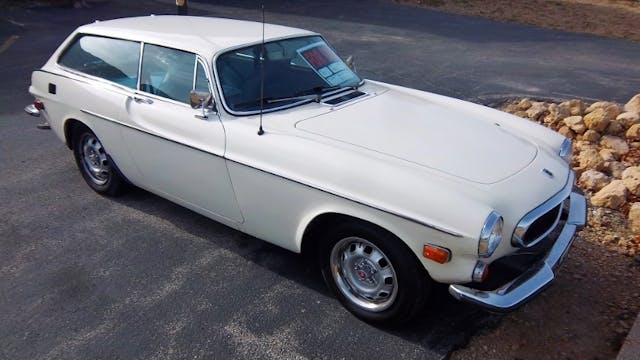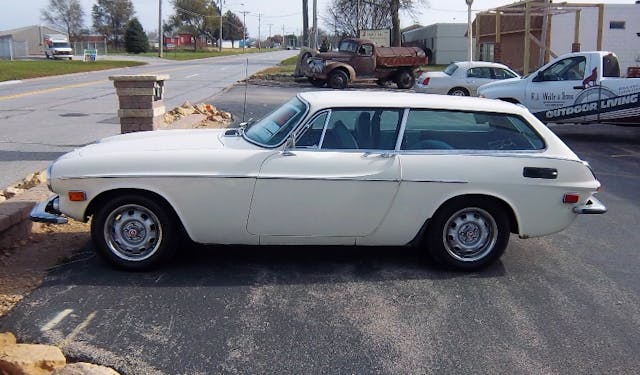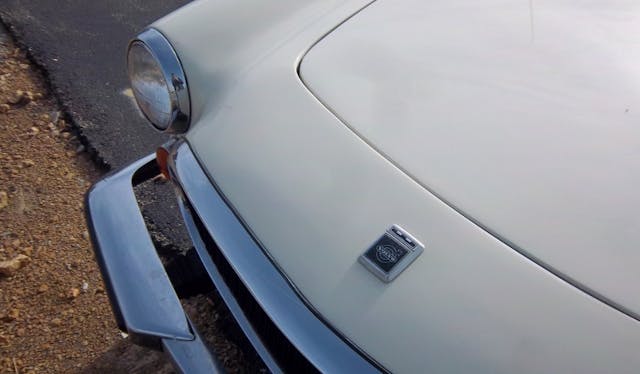Media | Articles
The most beautiful Volvo ever: 1973 1800ES
For decades, Volvo built its reputation on safety and durability. Not beauty. But many Volvos were attractive in their own way, from the fat-fendered PV544, to the Amazon/120 sedans and wagons, to the extreme rectangle that is the 760GLE.
I like Volvos, and have a serious soft spot for 240s and 740s thanks to spending my formative years in the back seat of several. While those sedans and wagons look nice enough (they’re boxy but they’re good, as Dudley Moore once said), I admit it may be a stretch to call them beautiful. I mean, beautiful is a 1936 Cord 810. Beautiful is an Alfa Romeo Spider Veloce. Could beautiful be a Volvo? Well … yes!
I freely admit that I’m biased. One of my earliest car articles online concerned the red 1973 1800ES my mother owned from 1974 to 1986. Now that was a great car. I was only five or six when it was traded in, but I still have clear memories of riding in the back seat with Mom driving. Of me sitting in it and pretending to drive on the weekends, while Dad was puttering around the garage, fiddling with his ’51 Porsche 356 Cabriolet.
I love all of the “Souped-Down Ferrari” Volvo 1800s, from the early Jensen-built coupes with the “steer horn” front bumper, to the famous white coupe driven by a pre-Bond Roger Moore in The Saint, to the fuel-injected versions of the early ’70s. They’re all winners, and all charming. To me, however, the wagon is the most compelling of all.
Marketplace
Buy and sell classics with confidence
The ES sports wagon was a latecomer to the 1800’s run, first appearing in Europe in August 1971. The 1800E coupe was retained and sold alongside its new sibling, but that would only last through the 1972 model year.
Even as the new wagon model appeared, automotive journalists were comparing it to the similar Reliant Scimitar GTE. According to Volvo, however, sketches for the wagon were completed prior to the Autumn 1968 debut of the Reliant.
Perhaps the most remarkable thing about the 1800ES was how fresh it looked, despite the use of nearly all of the 1800E’s body. Changes were limited to the roof panel, C-pillar, and portions of the rear sheetmetal. The new greenhouse also served to quite effectively hide the fins, a late-’50s design cue that was present on every 1800 coupe built. It was already a little dated when the first P1800s appeared in ’61.
Those initial ESs benefited from several changes made across the 1800 board for 1972. A new ABS plastic vertical bar grille and square nose emblem freshened the front, tinted glass was made standard, and European models received a horsepower bump to 135 hp (124 hp DIN). However, U.S.-bound models received the B20F engine with 125 hp, due to the required emissions equipment.
The 1800E coupe was missing from the lineup when the ’73 Volvos were introduced. For this, its final year, the last-man-standing ES gained side-door guard beams and updated bumpers, fire-resistant interior materials, and an increased swept area for the windshield wipers. Power was down to 112 hp, likely due to emissions.
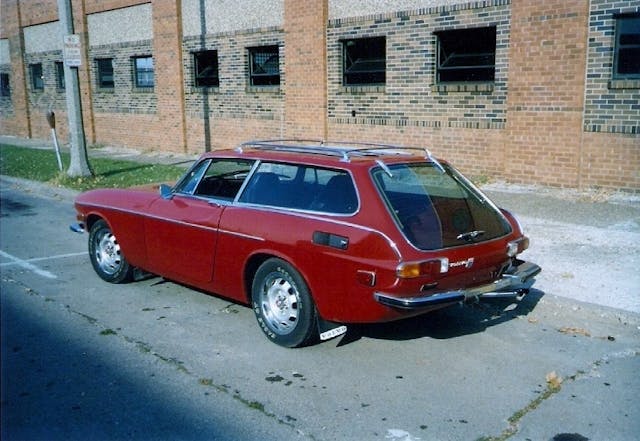
My family’s 1800ES was a red 1973 with black leather interior and red carpet, which was factory-correct. It was a stunning vehicle. I still miss it. Out of all the cars my parents owned, this is the one I wish they had kept to the present day.
So now you might understand why I got excited when I saw this white example in Davenport back in 2014. From a quarter mile away I knew it was something interesting, just from the shape of the hood and the nose. My first thought was a Fiat 124 Spider or maybe an Alfa. Then that lovely roofline came into view. Oh man, is that an 1800ES? Stop the car immediately!
The last 1800ES I’d seen in person had been owned by Mike Lundahl, the local Volvo dealer. He and his wife had been friends with my parents for years-hell, before I was born! In the late ’90s, Mike occasionally drove a dark green 1800ES with a saddle tan leather interior. It wasn’t a show car, just a nice looking driver. The last time I saw it was circa 2003. Well, these cars don’t exactly grow on trees. Just a little over 8000ES examples were produced.
Why was the ES cancelled after only two years? Upcoming 1974 bumper standards in the United States, the primary market for this model, spelled the end for the sporty Volvo. The last one, s/n 8077, left the factory at 2:00 p.m. on June 27, 1973.
Other than some rust in the rear quarter panels, this particular 1800ES appeared to be in nice shape. And very original, right down to the “Automatic” decal on the all-glass hatch. I especially liked the white paint with the light blue leather interior–very striking in person.
I thought at the time that it would make an excellent summer cruiser. I actually showed these pictures to my father later that day, hoping he might be intrigued enough to add it to the fleet. He was not. But it was still great to see this survivor. These cars left an indelible mark on my formative years, and for that I will always love them. They will always be the most beautiful Volvo to me.
